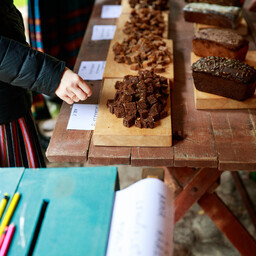On Sunday, the Estonian Open Air Museum celebrates Estonian Bread Day. Researcher Maret Tamjärve states that bread is very important in Estonian culture. Bread has been central both as food and in language. Many Estonian expressions demonstrate the importance of bread.
Expressions like "Honor bread" show how crucial bread has been. Tamjärve says that bread has been significant for a very long time. "Bread is older than us, Bread is the master" are old sayings. These could be a thousand years old. Back then, dark rye bread was made in Estonia.
Today's familiar pure rye bread came to Estonian tables at the end of the 19th century. Before, it was eaten only on important holidays. On weekdays, people ate bran bread. Bran bread is made from unrefined grain.
In addition to bran bread, famine bread was also eaten. Famine bread included moss, bark, and other things. This shows that Estonia has gone through very hard times. Potatoes came later and changed the situation.
Bread was very important in the lives of peasants. According to Tamjärve, the family's livelihood depended on bread. In harder times, survival depended on bread. Even today, we use expressions like "earning bread" and "bringing bread to the table". These show the importance of bread.
Bread is also important in Estonian farm architecture. The traditional threshing barn was large because grain was dried and threshed there. The large baking oven was the place for baking bread. Roofs and siding were made from rye straw.
On Sunday, the Estonian Open Air Museum will discuss the history and significance of bread. Today, we no longer eat bran bread. Our bread selection is very large. On Sunday, you can try various modern bread flavors.

